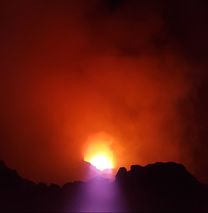 The eerie and stunning lava lake at night. The eerie and stunning lava lake at night. It has been a busy few days here in Nicaragua with lots more data collection. We have done a fair bit of fieldwork using all of our equipment in various locations and at various times. One of the more exciting and spectacular parts of the fieldwork was our conduction of thermal camera measurements at the summit at nighttime to maximise the amount of light that could be collected by the cameras. The lava lake as spectacular during the day but absolutely stunning during the evening. The vigour of the lake and strength of light given off by the lava even more apparent at night, and also really valuable for our data collection. We also managed to get some more UV camera data on the flanks in a slightly better position to see the whole plume. One of the great new features of our cameras is the ability to wirelessly connect to the cameras. This may seem like an obvious feature, but previously we had many cumbersome wires flying everywhere! 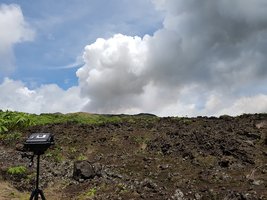 A UV camera pointed at the gas plume of Masaya. A UV camera pointed at the gas plume of Masaya. We also became plume chasers as we hunted down the position of the gas plume to perform traverses beneath using our spectrometer. This is a way of building up a plume profile to estimate flux of gas from the summit. We had a hard time actually seeing the plume to begin with because of low clouds, but eventually when the cloud level raised slightly, the plume, which has a reddish-brown hue to it, appeared in a completely opposite direction to the one it usually travels. It turned out we had already passed the plume within 10 minutes of leaving the hotel! On the final day we managed to acquire some synchronous thermal and UV camera data and then finished early to make sure all data was backed up and equipment packed up before our flight home. The past 10 days have been quite tiring but we head home with hopefully a fantastic set of data. It is very rare to go home having achieved all your aims and maybe a little more beyond this. See below for the accompanying video. 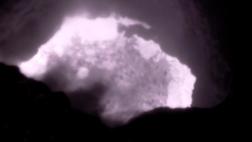 Masaya lava lake captured using thermal imagery. The collapse of a portion of the wall can be seen in the top right. Masaya lava lake captured using thermal imagery. The collapse of a portion of the wall can be seen in the top right. Three days of (hopefully!) successful fieldwork under our belts and already we have managed to tick off a few of our goals of our list with four days of fieldwork left to go. We have had plenty of opportunity to get access to the summit area to measure the lava lake using our thermal camera and we had a pretty cool surprise when I processed some of the data in the evening. We discovered footage of a partial collapse of the lava lake wall into the lake (right), which I am sure I will post footage of soon. The lava lake really is mesmerising, it can be quite hard to tear yourself away from it, my brain trying to delve into some of the processes which appear to be going on. 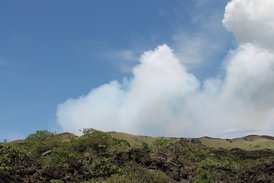 The plume at Masaya. The plume at Masaya. We have also conducted a fair bit of gas remote sensing of the plume (left) using our ultra violet (UV) cameras and have tested our spectrometer as well which are both designed for the measurement of sulphur dioxide (SO2) which this volcano appears to throw out in abundance. Something has to keep the lava lake vigorously over-turning! Masaya is actually quite a difficult location to find a good spot to measure the gas plume. Its low elevation means that the plume quite frequently hugs the ground, which isn't ideal for our measurements as it's best if we have clear sky on either side. Anyway we think we got a clear vantage point. So something I haven't spoken about yet is that the funding for this trip was helped by something called the GLOSS (Global Learning Opportunities in the Social Sciences) scheme at the University of Sheffield. This provides undergraduates the chance to work with academics on a research project. A truly fantastic opportunity, which I would have loved as an undergraduate! Some of the skills, whilst a lot to take on board in one go, e.g., how the equipment works, the protocols for measurement, and the 'fieldwork' aspect, are not covered in as much detail in a degree. For me, after a year of predominantly teaching, it has been great to be as research intensive as possible during this trip (bar a few admin duties). In short, a thoroughly enjoyable experience! Now off to the field for the day. 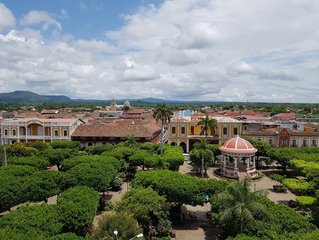 The centre of Granada. The centre of Granada. On Sunday we visited Granada, Catarina, and a cool viewing point of Volcano Mombacho which is situated on an old landslide. The scarp on the side of the volcano is quite obvious, although I don't think my picture quite manages to capture this (gallery below). Granada is an historic and colourful town, with the picture on the right taken from the top of the cathedral, showing the pleasant central square area. Although one of the stranger aspects was the setting off of pyrotechnics every 30 seconds, and I have no idea why! Sunday was our last day of waiting around, as we were reunited with our equipment on Monday morning. I must say it was a great relief, not knowing when you will get your equipment is very nerve-wracking and there was a voice in the back of my head saying 'but what if you don't get it back'. Thankfully not the case, and the Nicaraguan officials and our man on the ground in the local organisation INETER have all been fantastic. Getting into the park itself is easy with permission and the Nicaraguans rightly take security inside and around the park seriously. As soon as we got our equipment, the first thing we did was to head up to the summit area and the position where it is possible to make measurements of the lava lake. I do feel sorry for the tourists as it appears they don't get to come to the side that we can see! Today, we tested our thermal camera, and after an initial hiccough with our image capture software we managed to get some fantastic data of the turbulent lava lake. The camera has really worked better than I expected. We also attempted measurement of the gases from a spot nearby, but our position and the conditions were not great for this. We have some ideas about possible locations for UV camera measurements over the next few days. With all field campaigns it's great to get that initial day under your belt, to make sure the equipment is running after the journey and test out a few initial ideas to see what might work. This blog post also has an accompanying YouTube video, see below, if the video isn't available it is probably still uploading, as I need to get some sleep before Day 2 of fieldwork. 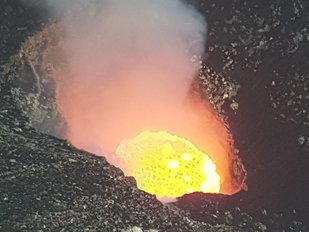 Masaya lava lake. Masaya lava lake. It's always a tiring journey travelling west but I tend not to struggle with jet-lag coming this direction, it's just a matter of keeping your eyes open - a job of increased importance when you have to drive from the airport after only 3 hours of sleep in the past 24 hours! It was a relatively smooth journey on the whole, and equipment seems to have arrived intact, but unfortunately we were not allowed to retain possession of it and take it into the country. It appears that a mix up in the customs department means that a letter giving us permission had yet to arrive, we therefore left the airport without our UV cameras, thermal camera, spectrometer and a couple computers. Somewhat vital equipment for our trip, but we will be reunited with our equipment today or early tomorrow. 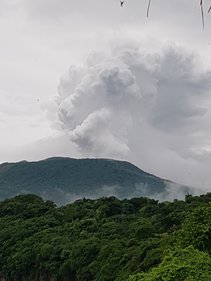 Masaya volcanic plume. Masaya volcanic plume. We made our first ascent to the summit today (which you can just drive up the side to!), in preparation for when we do get our kit, and wow what a sight. I have wanted to visit and study a lava lake for a while and the awe inspiring view didn't disappoint. There is something slightly primeval about staring into a vigorously bubbling pit of lava. I have seen multiple videos of the lava lake but they really don't compare with the real thing. The picture on the left shows the large, rather condensed, plume of Masaya volcano. We will be measuring this using our UV camera equipment. Meanwhile, my first impressions of Nicaragua are fantastic, a friendly people, and so far good food. The hotel/hostel we are staying in is basic but does the job and has a lovely interior courtyard for evening work and relaxation. Nicaragua is hot and humid, but the cold shower in the hotel makes up for this! Wondering round the streets of Masaya you are constantly greeted by the honking horns of taxis which seems to be their way of touting for custom. You also stumble across the odd shop with large amplifiers outside projecting Nicaraguan/Central American pop ditties into the street. Anyhow, a fantastic experience, and more from me soon. I write this short blog post in the seat of a taxi heading to Manchester airport. Gosh what an early morning! I am heading off to Nicaragua to study a volcano called Masaya and as ever on these trips I shall be blogging about the journey and the science that we are doing. I will also be doing a series of videos too, which I think I want to call "a diary of a volcanologist". So here is the first one, more from me soon! |
Archives
July 2023
|
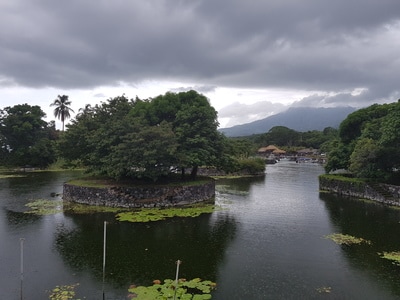
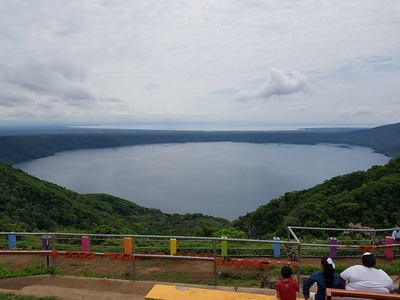
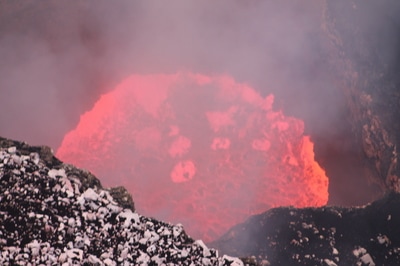
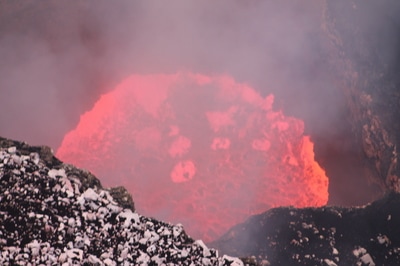
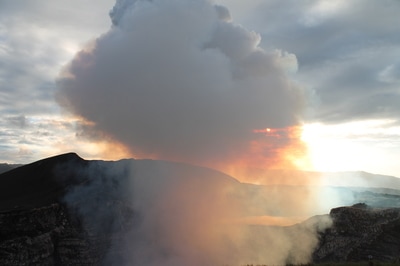


 RSS Feed
RSS Feed